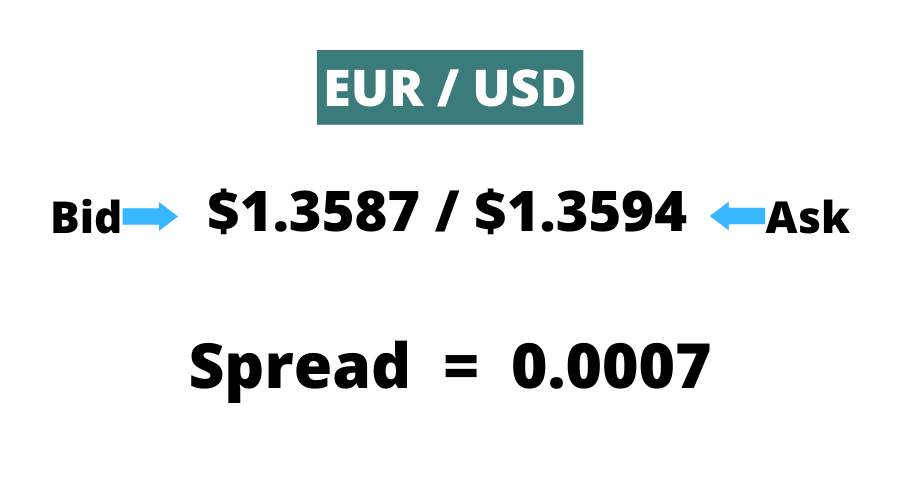
Technical charts may seem overwhelming to beginners. Moving averages, relative strength, and RSI are all examples of technical indicators. Trends, fractals as well as momentum and trends are also included. You can also find other indicators such as trendlines and moving average convergence divergence. These tools are very useful to traders. Brokers might also be able to provide access to technical charts. They may even offer educational material and tools to help you become more familiar with the different indicators.
Candlestick charts
Candlestick charts in technical charts are a popular method to visualize price action. These charts show the highest and most recent trading prices of an asset over a given time period. These charts also show the length and color of the candlesticks. These candles are usually reddish-green in color and can represent bullish or negative price movements. A wick or tail is often attached to the candlestick's body.

Point and Figure charts
Point and figures charts are different than other types of technical charts. They do not have a time scale and they don't advance with time. Instead, they move according to intermediate trends. Point and figure charts can be used for both short-term and long-term trading. Point and figure analysts will often compare multiple charts from the same instrument to find the one that performs best. Here are some key differences between Point and Figurin charts and other types.
Pennant charts
To understand how to read technical charts with penny charts, you must first learn about the candlesticks. These shapes tell the story of stock price movements and act to provide support and resistance levels. Bullish candles indicate price increases, while bearish candles signify price movement down. Doji candles indicate indecision and can give you different types of information. The candlestick's real body is key to support and resistance, regardless of what kind you choose.
Moving average convergence divergence
The Moving Average Convergence Divergence(MACD) indicator assists traders in determining their entry and exit points to maximize profits while minimising losses. It measures the convergence of two moving-averages using different time periods as well as historical closing prices. When the MACD line crosses zero, it is generally interpreted as a buy signal. When the central line crosses below zero, it is a sell signal.

Stochastic Oscillator
A stochastic indicator shows the current market price in relation to the range over a period of time. It can also be used to spot overbought levels and make trades accordingly. Understanding the basics of stochastic oscillator charts and how they work is essential. The stochastic oscillator displays the current price as an indicator of the range. This changes as the price moves from one extreme to the other. If the current price moves above a certain level it is a buy sign, while a decline indicates a sell alert.
FAQ
What is the time it takes to become financially independent
It depends on many things. Some people are financially independent in a matter of days. Others need to work for years before they reach that point. But no matter how long it takes, there is always a point where you can say, "I am financially free."
It is important to work towards your goal each day until you reach it.
How much do I know about finance to start investing?
To make smart financial decisions, you don’t need to have any special knowledge.
All you need is commonsense.
Here are some simple tips to avoid costly mistakes in investing your hard earned cash.
Be careful about how much you borrow.
Don't get yourself into debt just because you think you can make money off of something.
You should also be able to assess the risks associated with certain investments.
These include inflation and taxes.
Finally, never let emotions cloud your judgment.
Remember that investing is not gambling. To be successful in this endeavor, one must have discipline and skills.
As long as you follow these guidelines, you should do fine.
Can I put my 401k into an investment?
401Ks can be a great investment vehicle. Unfortunately, not all people have access to 401Ks.
Most employers offer their employees one choice: either put their money into a traditional IRA or leave it in the company's plan.
This means that your employer will match the amount you invest.
You'll also owe penalties and taxes if you take it early.
Is it possible to earn passive income without starting a business?
It is. Many of the people who are successful today started as entrepreneurs. Many of them had businesses before they became famous.
However, you don't necessarily need to start a business to earn passive income. You can create services and products that people will find useful.
Articles on subjects that you are interested in could be written, for instance. You could also write books. You might even be able to offer consulting services. Your only requirement is to be of value to others.
How can I get started investing and growing my wealth?
It is important to learn how to invest smartly. This will help you avoid losing all your hard earned savings.
You can also learn how to grow food yourself. It is not as hard as you might think. With the right tools, you can easily grow enough vegetables for yourself and your family.
You don't need much space either. It's important to get enough sun. Consider planting flowers around your home. They are easy to maintain and add beauty to any house.
You might also consider buying second-hand items, rather than brand new, if your goal is to save money. They are often cheaper and last longer than new goods.
Statistics
- If your stock drops 10% below its purchase price, you have the opportunity to sell that stock to someone else and still retain 90% of your risk capital. (investopedia.com)
- As a general rule of thumb, you want to aim to invest a total of 10% to 15% of your income each year for retirement — your employer match counts toward that goal. (nerdwallet.com)
- Over time, the index has returned about 10 percent annually. (bankrate.com)
- Some traders typically risk 2-5% of their capital based on any particular trade. (investopedia.com)
External Links
How To
How to get started in investing
Investing is investing in something you believe and want to see grow. It's about having faith in yourself, your work, and your ability to succeed.
There are many ways to invest in your business and career - but you have to decide how much risk you're willing to take. Some people like to put everything they've got into one big venture; others prefer to spread their bets across several small investments.
Here are some tips to help get you started if there is no place to turn.
-
Do your research. Find out as much as possible about the market you want to enter and what competitors are already offering.
-
Make sure you understand your product/service. Know exactly what it does, who it helps, and why it's needed. It's important to be familiar with your competition when you attempt to break into a new sector.
-
Be realistic. Be realistic about your finances before you make any major financial decisions. If you have the financial resources to succeed, you won't regret taking action. However, it is important to only invest if you are satisfied with the outcome.
-
You should not only think about the future. Be open to looking at past failures and successes. Ask yourself if you learned anything from your failures and if you could make improvements next time.
-
Have fun. Investing should not be stressful. Start slowly and gradually increase your investments. Keep track of both your earnings and losses to learn from your failures. Recall that persistence and hard work are the keys to success.